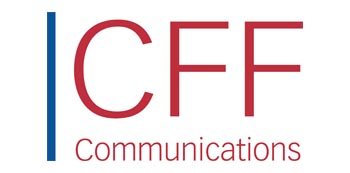
From Investor Relations to Investor Engagement….
by Uneke Dekkers
Since the financial crisis ten years ago, passive or index investing has grown in popularity. Although the European market for ETFs still lags behind the US, assets in European-listed ETFs reached more than $800 billion in 2017, according to data provider ETFGI.
The reasons for this growing popularity are well-publicized: fees are lower and active managers often fail to beat their benchmarks in any given year, let alone three to five years in a row.
With growing popularity comes increasing criticism. Those criticising the rise of index investing argue that the popularity of ETFs has made equity markets inefficient. It is said that during a sell-off, investors are likely to dump all companies in a particular index, irrespective of individual companies’ merits. This also means that shares prices of poorly performing companies increase when broader indices are bought. In other words, capital markets no longer punish or reward a company’s performance and share capital is allocated inefficiently.
Another recurring criticism of these passive investors is that they don’t engage actively as shareholders. It is estimated that the three biggest ETF providers (all US firms) together own about 15% of the S&P500 with commensurate voting rights. Even though that percentage of ownership by index investors is probably lower in Europe, this is still a sizable chunk. Corporate boards need to be increasingly aware of index investors. So, the question is, how do they differ from active investors?
The answer: maybe not all that much. The biggest difference is probably that index investors are permanent capital. They cannot ‘vote with their feet’ by selling their stock if they disagree with a company’s policies or management. As a result, any change in a company’s behaviour, policy or strategy will have to be achieved through behind-the-scenes engagement with management or, in the ultimate case, voting against management at AGMs.
Contrary to what ‘passive’ investing suggests, passive investors can be quite vocal about what they want. State Street Global Advisors last year voted against the management of more than four hundred mostly US-based firms for having too few women on their boards. Its competitor and market leader BlackRock announced last week that they want to become a ‘global leader’ in sustainable investing.
Investor relations professionals would be wise not to invest too much energy in the debate between active and passive investment. Instead, investors of all kinds should be encouraged to engage more with companies in their portfolio and this engagement should be about more than just share price It is equally important not to be misled by the ‘passive’ description. On the same vein, listed companies should learn to adapt their engagement strategies to suit a time where investors require different answers.
For those who are interested, CFF Communications and Allen & Overy are organising a seminar on 27 November about how companies engage with their stakeholders about long term value creation and purpose from a human capital perspective – with a prominent ‘passive’ investor as guest speaker. If you want to hear more information about the seminar or would like to register, please contact the event management team at eventmanagement@cffcommunications.nl or +31 (0)20 575 4027.
*This column was orginally published in the NEVIR newsletter, dated 31 October 2018

